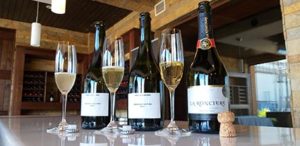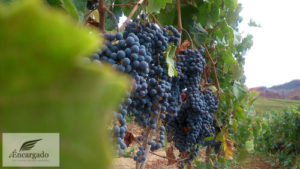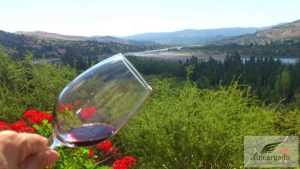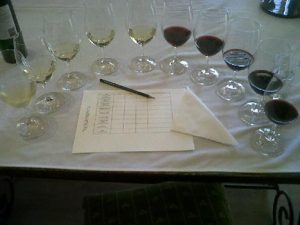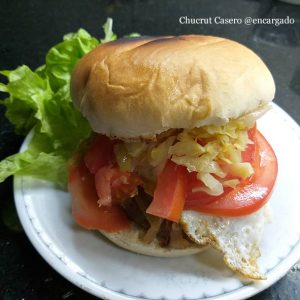Climate change and its effect of vine migration in the south cone of Latin America
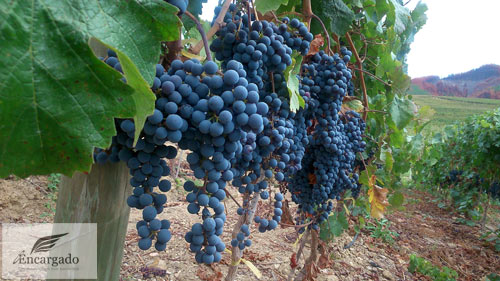
Climate change and its effect of vine migration
in the south cone of Latin America

Currently in Curico Valley, Chile, 25 kilometers from the Pacific Ocean and next to the Mataquito River, where abundant light and a soft marine breeze can be found, one can find one of the viniculture movements which will change Chile’s Wine Map And Also that of the South Cone.
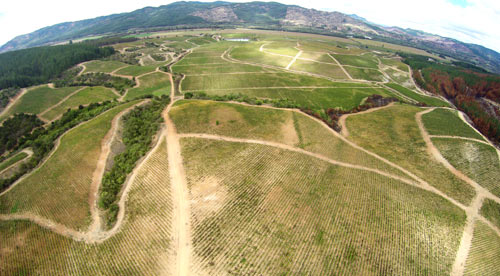
It is without doubt one of the founding moments in the appearance of late ripening red wines close to the coast. A new generation of wines will be born, together with a different way of understanding and managing these varieties, looking towards an auspicious future.
Here the background and history of one of the most important moments of the wine
It’s about time to take on board that climatic change is present in different parts of our plant, effecting humans, changing habits, customs; and as a result, industries.
Of course industries which depend on climate as particularly sensitive. Sunshine, water and breezes give nutrition, life and personality to our vines.
Experts in Phenology are already saying so

“In Bordeaux the harvest has moved forward by three weeks since the 70s and the quality has increased… but if the early ripening carry on at this rate, in thirty years’ time, harvest in Bordeaux would be starting in august and the grape quality will not be very good” E. Wolkovich
The northern hemisphere is planting further north: present and future reality is that the vines are migrating, seeking out different soils.
Predicting climatic change is today the work of more innovative wineries. Knowing where to plant, quite something, is for those that wish to take this phenomenon of climatic change as an opportunity.
The map will change, slowly for some, without really realizing it for others. The wine growing regions in Argentina and Chile will be re-drawn.
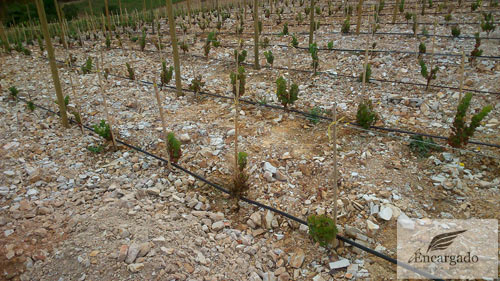
Together with these changes, we will see new actors, new names and new flavours in our wines. The question is if we are prepared or are are we hoping to be surprised by a bottle which is labeled: Wine made from coastal red grapes.
Wine from Red Coast Grapes
In general terms, the basic climate defines the style of the wine which a specific region might produce. In each producing region, the climate variation, the soils and the surroundings stampp differences in the quality of their wines.
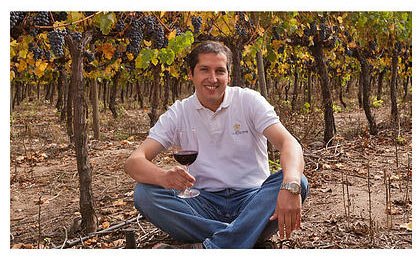
Climate change, being a phenomenon which so greatly influences in the variability as well as the basic climatic conditions, therefore counts on a potential to produce changes in the personality of wines produced in each region.
The determination of one winemaker
Juan Aurelio Muñoz, @EnologoChileno
Wine Maker, Titled from U. de Chile, MBA, IEDE
His professional experience: La Ronciere Winery, Champagne Bollinger (Aÿ, France), Jackson State (Blenheim, New Zealand), Valdivieso Vineyard, Casa Lapostolle, Domaine Muzard (Burgundy, France), Clos Du Bois Winery (Sonoma Valley, USA), Santa Carolina, De Martino Vineyard.
He tells me about the soil profiles, marine breezes; and, the orientation of each parcel. He takes the soil between his hands and presses it, the soul and driving forcé of the Idahue vineyard… the hundred and forty sub-divided parcels have felt his footsteps. Try the grapes, consider than the upcoming harvest will turn into premium wines that will be uncorked in at least two more years.
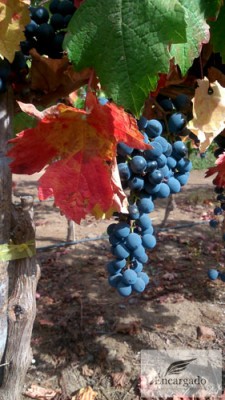
He sought and sought until he found this place, then betted his experience and good management of red grapes, to be the answer to the climatic change that iis already upon us. This change in approach sees, to a certain extent, the weight of his national industry on his shoulders.
And he knows it.
The spinal column of Chilean wines.
The Syrah became in 2014 the fourth most planted grapevine in Chile. The ranking is: Cabernet Sauvignon, Sauvignon Blanc, Merlot, Syrah and Carménere.
This phenomenon is very interesting because illustrates how can we face the climate change. We have at least two options: planting and promoting those vines suitable to the new climatic conditions or moving our traditional vines towards more favorable areas, according to this new scenario.
The Cabernet Sauvignon is the spinal column of Chilean wine, implying that it is its flavor the one present in our primary collective taste. The Cabernet Sauvignon it is in the base of our first experiences with Chilean wines. It brings us back in our memories, associated to the nuclear family; grandfather, father and now, us. This is why a reconversion on the vineyards towards a vine that could be adapted to the climate, will be also a sociocultural change in our cuisine culture, considering the wine as part of it.
Then we could wonder where the Cabernets Sauvignon will migrate, where will we plant the Carménère, emblematic grape of Chilean wines?
Where the new production and cultivation centers will be and how the new flavor will taste?
Wait until 2017 or talk now
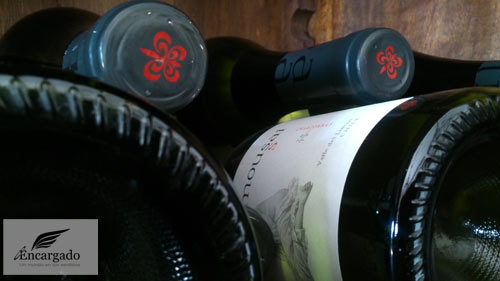
Writing a page full of questions does not imply any risk, it´s like saying that there is no solution or no one is doing nothing, but this is not correct. There are people – and I´m sure about this – who are on the right way.
Well, here is a direct affirmation, with name and surname:
“You have to buy the 2017 or 2018 vintage wine from La Ronciere winery, with blends including Carménère – Cabernet Sauvignon”
Pay attention to SOLARES 2014
Winemaker: Juan Aurelio Muñoz
Assemblage: 40% Carménère – 30% Cabernet Sauvignon- 30% Shiraz
Catad´Or W, Chile: Solares 2011, Gold Medal
2014 Awards – Premios
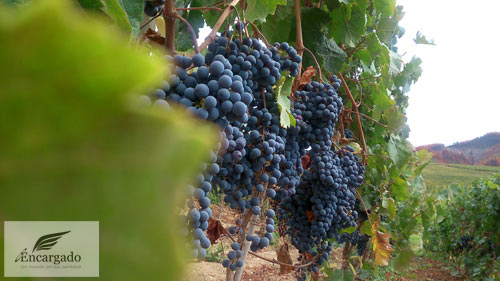
Catad´Or W, Chile: Solares 2011, Gold Medal
Wine Enthusiast, Dec-2014, USA: Best Wines of the Year Edition, 90 points Quirón Carménere 2011
Wine Enthusiast, Nov -2014, USA: 91 points – Quirón Shiraz 2011
Quirón Cabernet Sauvignon 2011, 89 points
Guía Peñín 2014, Spain: Quirón Carménère 2011, 91 points
Guía Peñín 2014, Spain: Quirón Cabernet Sauvignon 2012, 90 points
Guía Peñín 2014, Spain: Mousai Carménère 2012, 91 points
Guía Peñín 2014, Spain: Mousai Cabernet Sauvignon 2012, 90 points
All this information by itself would have no other value than to highlight a good wine, but if we understand it in the context of climate change, its consequences and opportunities in the Southern Cone, then you will understand my bet.

If we analyse the above figures (2014), we will see a Winery with solid products in the market. The number of awards does also talk about the proved abilities of the winemaker Juan Aurelio Muñoz, to produce red wines such as Carménère and Cabernet Sauvignon. It is with them that highlights, here we find a strong and expertized late-maturing red wines hand, the same ones that I consider as the spinal column of our wines.
Fresh coast climates for late maturation red grapes
Coastal Cabernet Sauvignon and Carménère
Analysis and anticipation to potential future effects.
Scenarios such as the climatic change , possible geographic displacements and a permanent search of ideal climatic conditions has brought to La Ronciere winery to its most challenging investments; bring their vineyards 25 km from the coast, at Idahue vineyard.
It is located in a privilege area, at Curicó Valley, 25 km from Pacific Ocean an just by the Mataquito River. It is surrounded by lush forests, in a peaceful and natural environment, with abundant luminosity and calm ocean breezes.
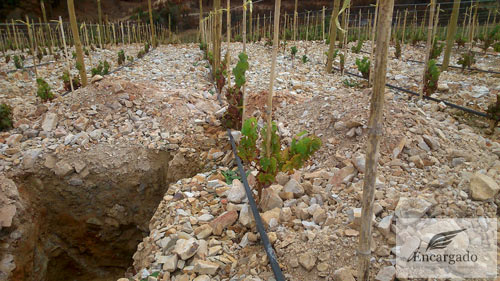
It is composed of 200 hectares in one piece of land and with smooth hills, allowing different orientations to the vineyard. It has also a Geological Triad, providing a unique diversity in Chile, with three different soils conformations. This structure combination, together with the interaction of weather and native vegetation of the Valley, provides a particular geophysics condition and a great potential to La Ronciere.
The type of soils
Upper Triassic; where fossils of Monotis and Halobia fauna are found, with a strong incidence of fossilized lutites with calcium of marine origin, contributing to a major acidity and freshness.
Quaternary Deposits; that reflect the imposing past of Mataquito River, whose strong flows carved the terraces of the river we know today, with materials of various origins, including volcanic ash that retain moisture, contributing to a good root development.
Metamorphic Basement; with the presence of lutites, phyllites, schists and rocks, which gives a mineral character.
The different soil types and exposures allowed to create 140 blocks where, and trough more than 400 soil pits, different clones were selected to each individual block; Cabernet Sauvignon, Carménère, Merlot, Shiraz, Malbec, Pinto Noir, Cabernet Franc, Petit Verdot and Carignan. All of them were planted in high density to assure concentration and complexity.
This is the foundation to bet on a Red Wine, with mixtures of Cabernet Sauvignon, Carménère. The adventure that started years ago, with the search for a suitable location, close to perfection, is crowned today when we taste grapes directly from the vine. Charlie Arturaola once told me: If you want to know how the wine will be, go to the vineyard and taste the grapes before they are harvested.
Today, April 2015 I went to the vineyard and tasted the grapes, talked to the Winemaker and saw the great long term investment La Ronciere is doing. The power that Orueta Family with their wines from Idahue Estate will give to the Chilean viticulture will be indisputable.
The foundations of the new line of work in our wines are being settled HERE, with this act.
Bringing the slow maturation Reds, such as Cabernet Sauvignon and Carménere, so close to the coast, was never done before. This is one of the ways to follow.
Definitely they (the La Ronciere and his team) are leading the way. The wine to be release in 2017 will reflect the ocean breezes, the slow maturation, the soil in all its power. Climate, Soil, Variety and Management will be critical.
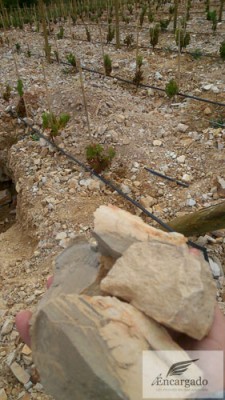
This article is almost for aging, just like the wines of this Estate are waiting to prove they were right. Now I´m certain that in few more years, the Orueta Family and the winemaker Juan Aurelio Muñoz will receive all the national and international recognitions and I will have then, just like today, the certainty that they are in the right way.
Christian Vargas
